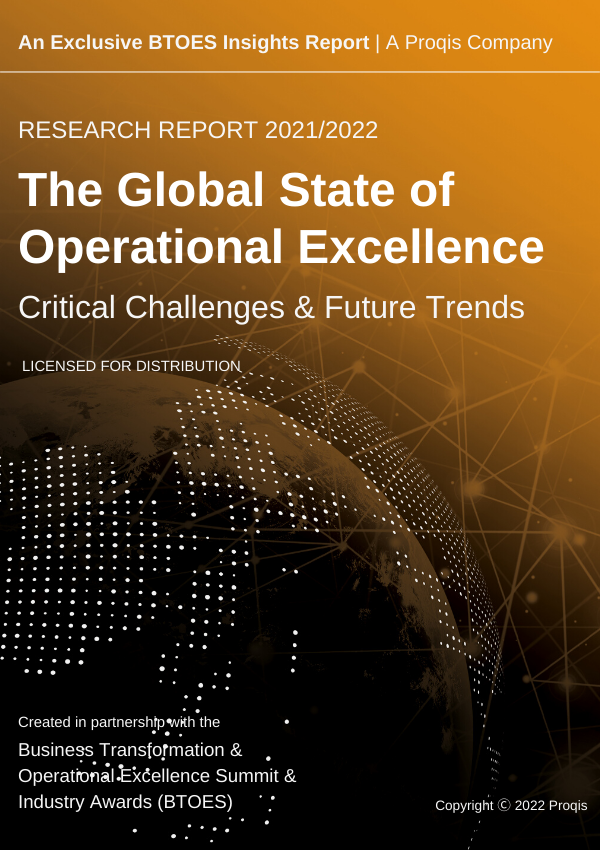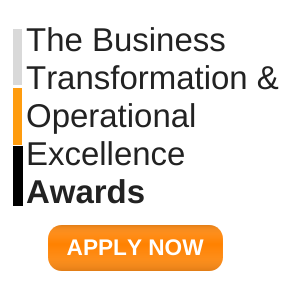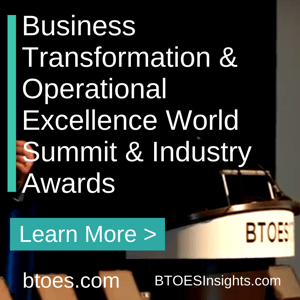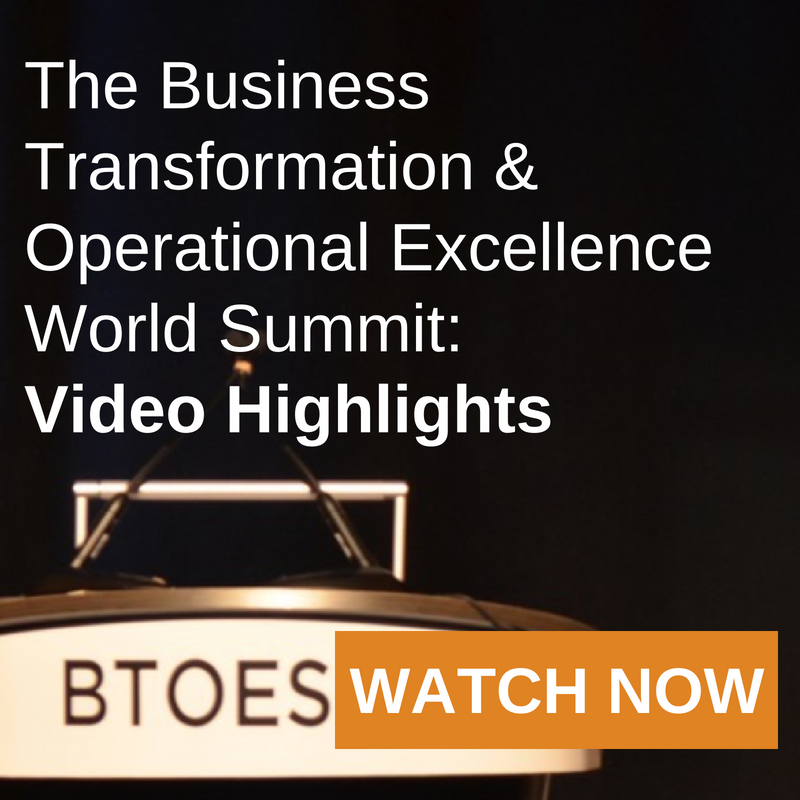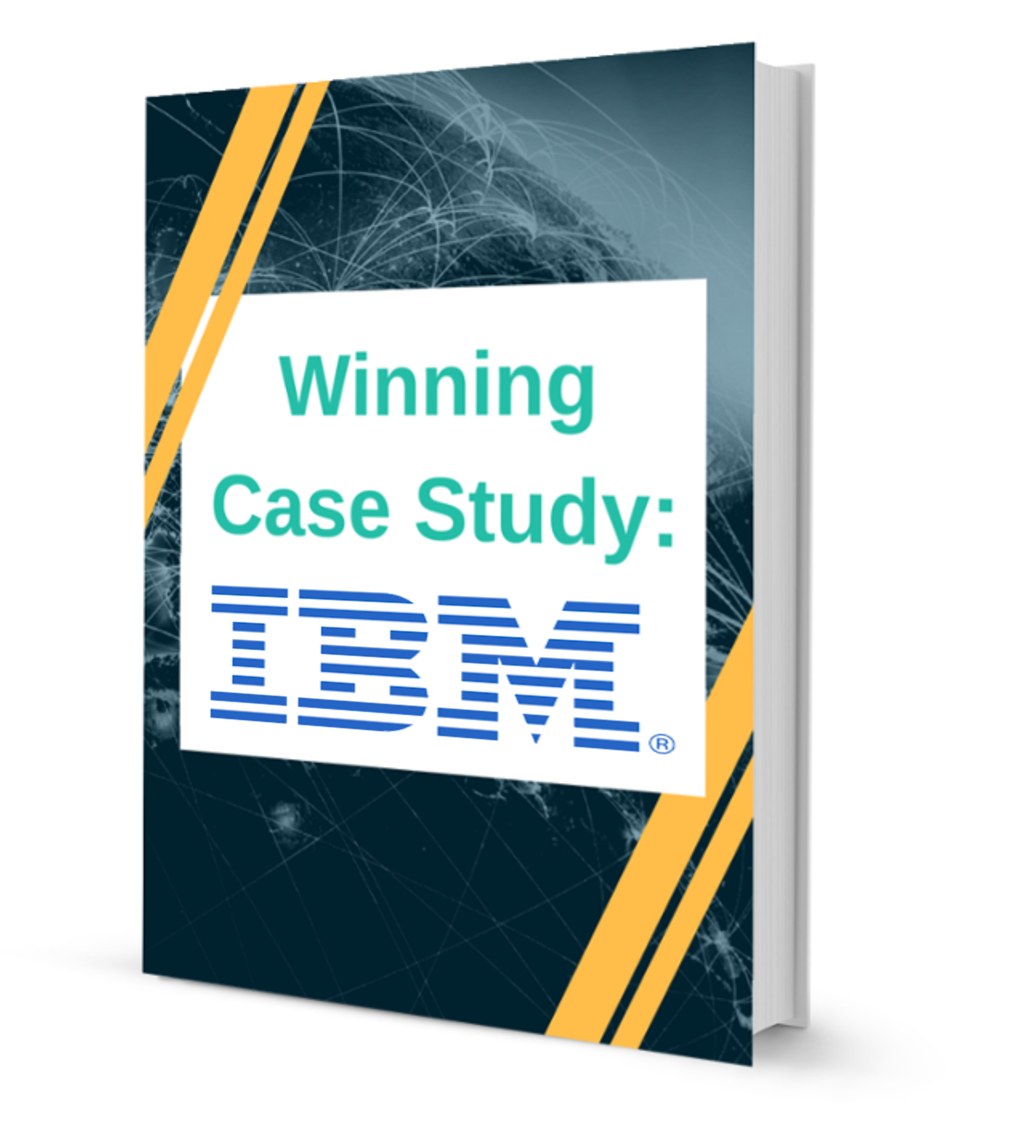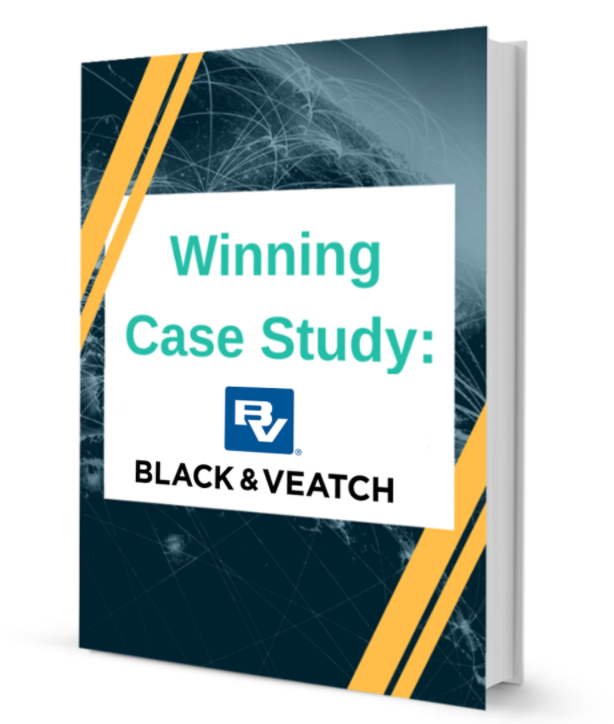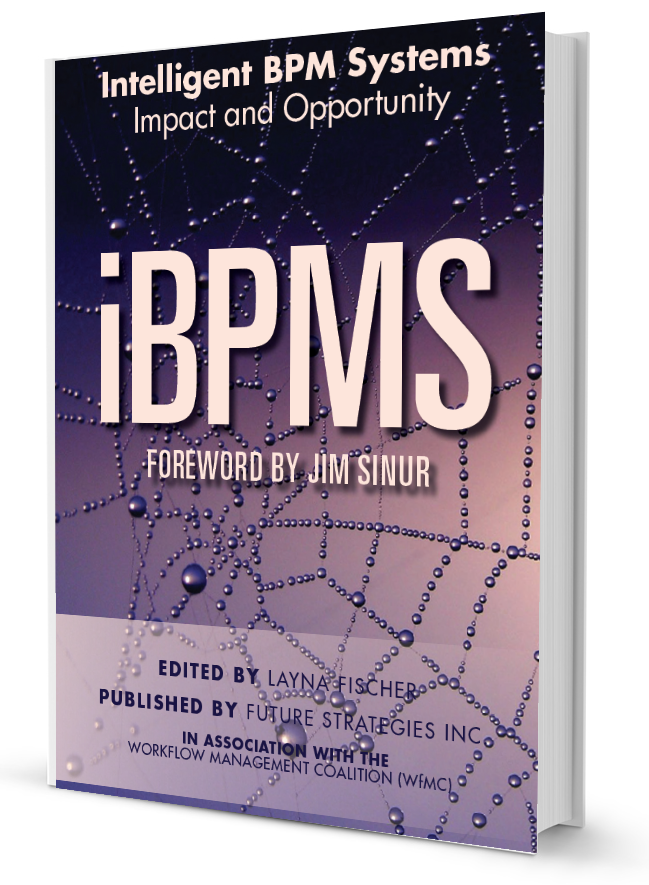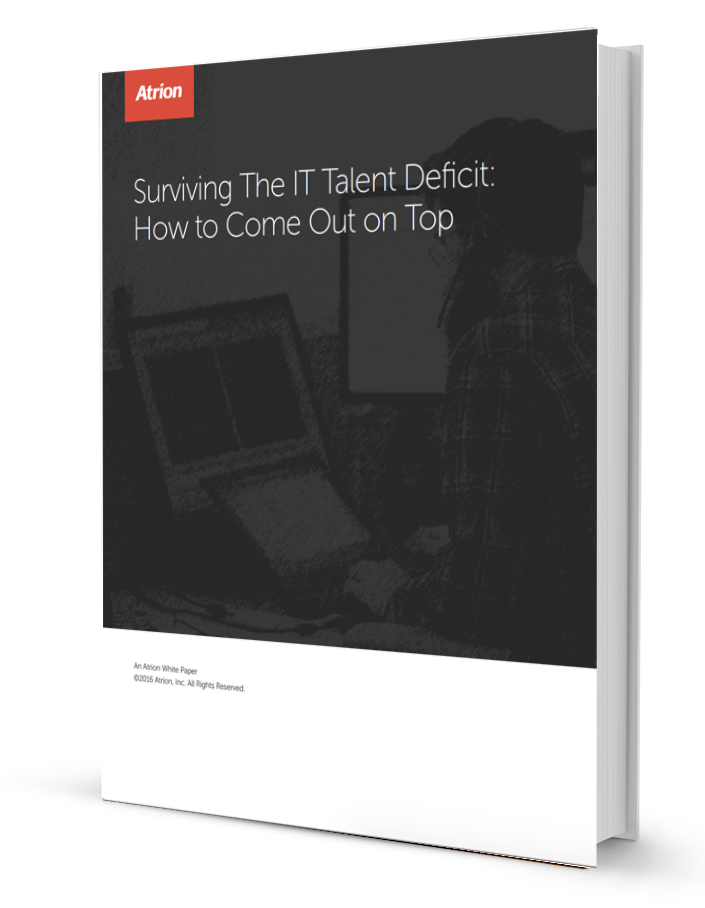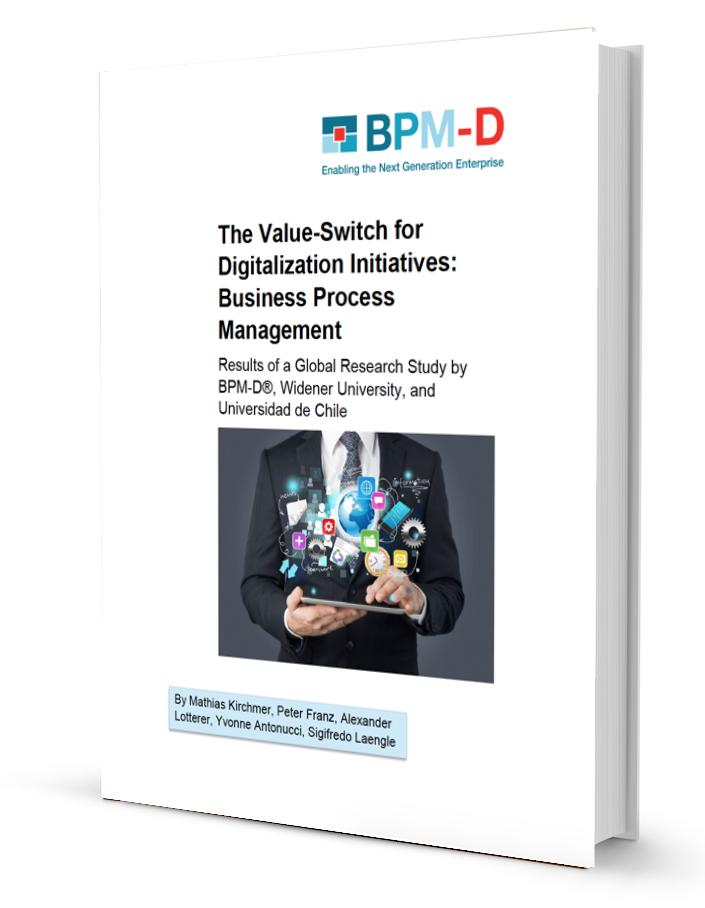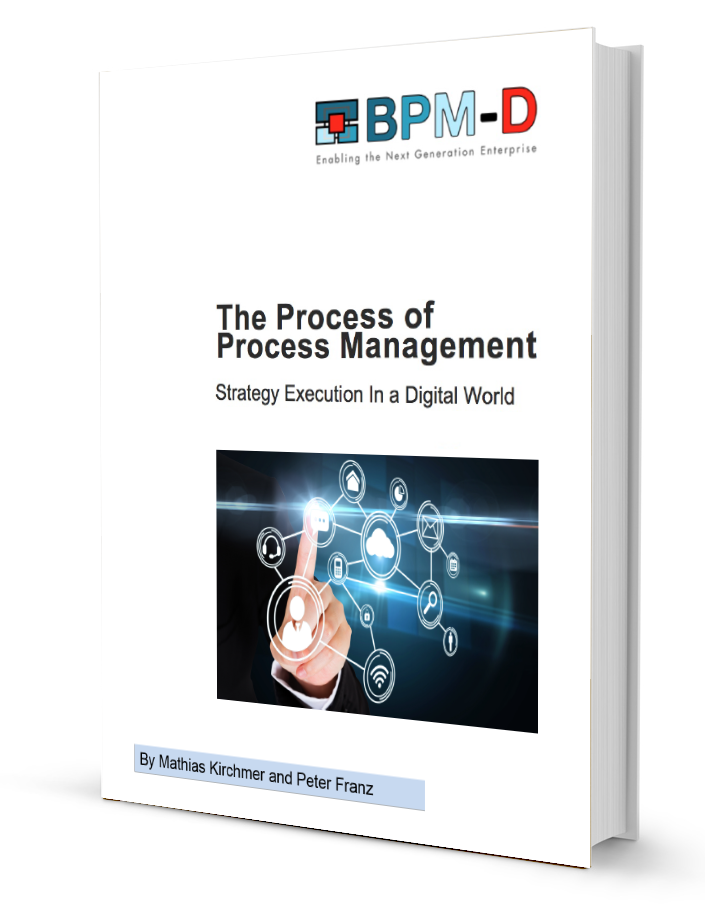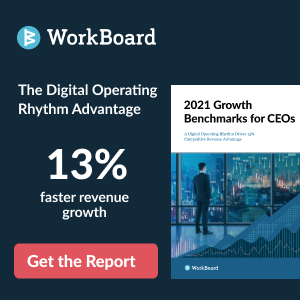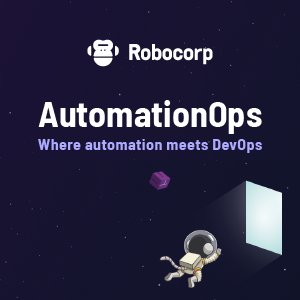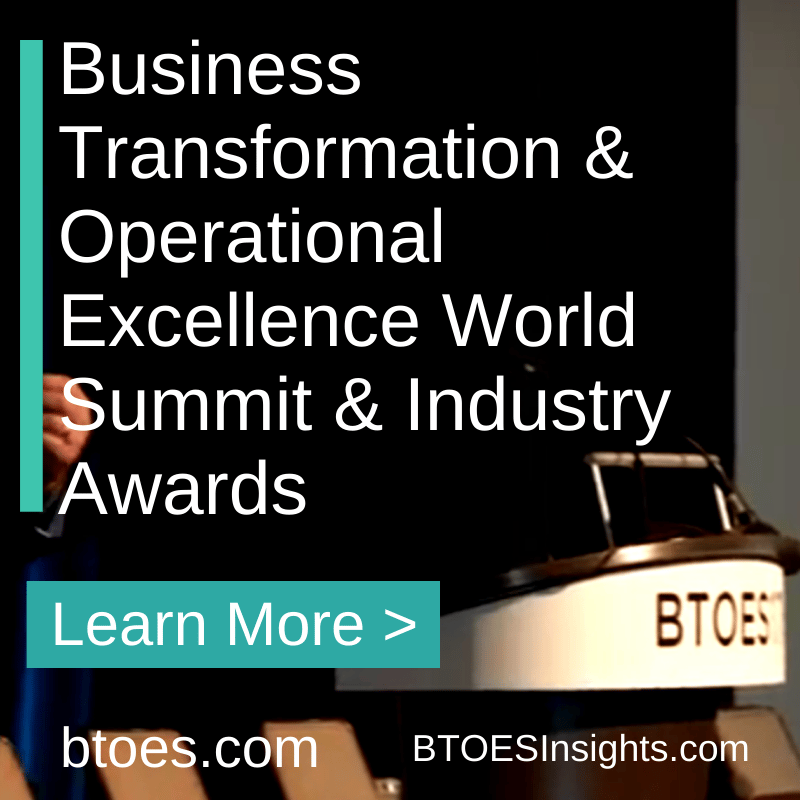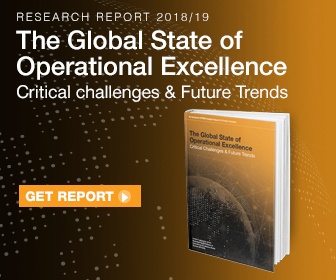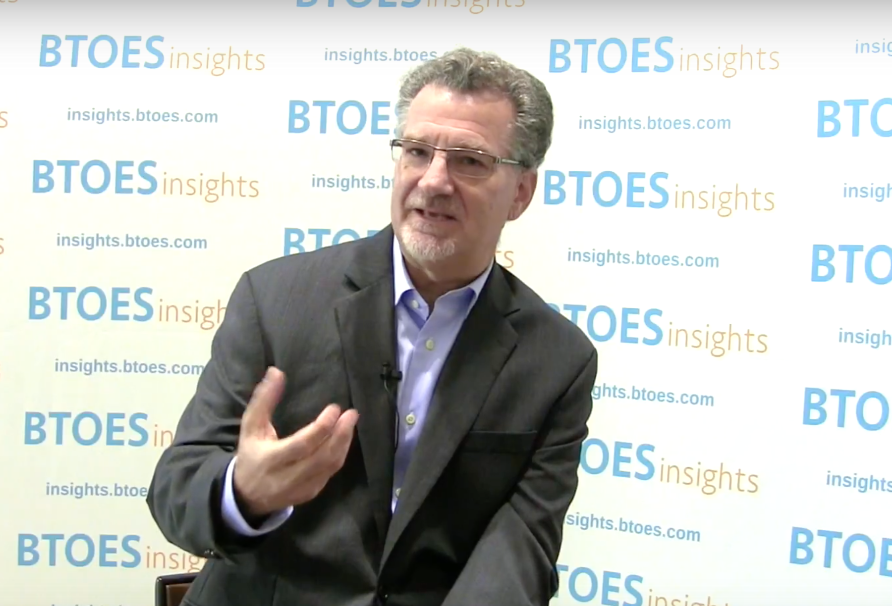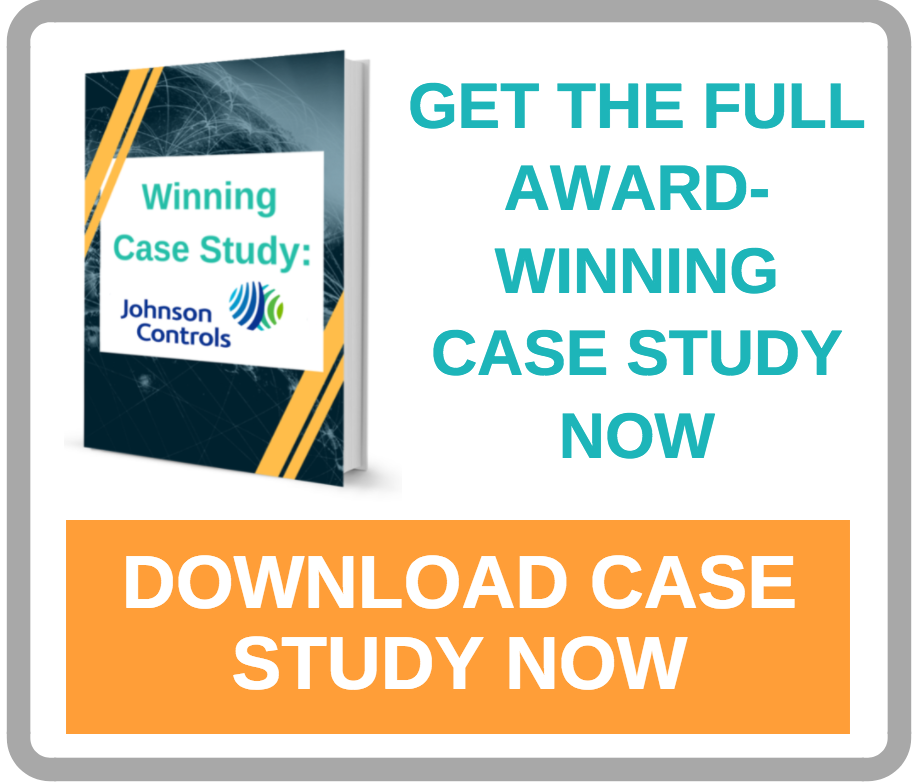Hello, everyone, and welcome back to RPA and Intelligent Automation Live. Our next speaker is a real treat treat Vinay Mummy God. He is the Chief Automation Officer Data Science Executive and Digital Transformation leader for lexis nexis. And he's going to talk to us about hyper automation power by process excellence. So, before we get into the into his stock and his introduction, I just want to remind everyone that you can submit questions throughout his presentation, And I'm going to be look at your questions. And I'm going to picking a few of those questions for the Q&A portion a little bit later on. So you can submit questions on your control panel on the right-hand side. Hello. There have been a. So Vinnie comes with to us with more than 20 years of experience leading Enterprise Automation and Digital Transformation Initiatives, and lexis nexis, Bank of America, and United Healthcare.
He has led the establishment of enterprise process excellence, and automation CEO iiss, pioneering the hyper automation concepts long before the term was first coined.
When these, currently, the Chief Automation Officer elects an axis, responsible for AI, BPM, and RPA strategy and programs. He has a massive data science for UNC Charlotte and comes to us today from Charlotte, North Carolina. Vinay, great to have you here.
Thank you. You'll say.
Good morning. Good afternoon, and good evening, all of you. Welcome to the presentation.
I hope you can see me. And you can see my slides.
This is the first. First time I'm presenting the in a virtual conference, so it's a new experience for me. I hope it works out fine. And looking forward to this experience.
So the topic today, which I'm going to cover is hyper automation and how we are approaching this concept at lexis nexis.
So during this presentation, I will cover a few key concepts and then walk you through the journey across our organization.
I will share my experiences along the way, both at lexis nexis and the organization's ISO serve before, and we'll leave behind a few best practices as we go.
So let us start with a quick introduction about lexis nexis.
Lexis nexis is an information and analytics products company and Weezer Illegal corporate, government and non-government organizations across the world.
We operate in 130 countries.
And the primary differentiator for Lexis nexis is the vast amount of data and content that we collect, we enrich and we publish, We process about three billion, three petabytes of data, and which cuts across 65 billion documents. And most of our products and focus is around how do we mine this stretch content, and produce value for our customers.
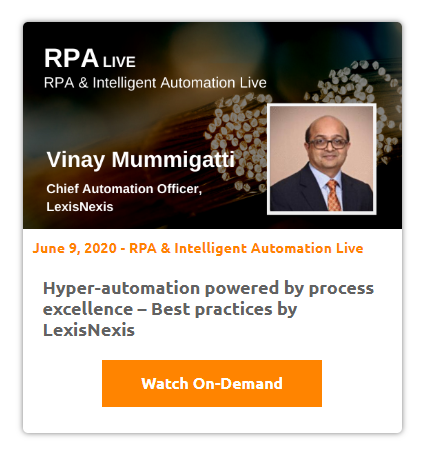 So, looking at what is driving automation for our firm, There are three distinct trends trends, being in the B2B space. one is our customer demand. Our customers are always looking for enriched data and content products so that they can serve their customers better.
So, looking at what is driving automation for our firm, There are three distinct trends trends, being in the B2B space. one is our customer demand. Our customers are always looking for enriched data and content products so that they can serve their customers better.
Secondly, it is a constant pressure on our profitability, and ensuring that we can produce better results, and continue to have lean processes, and continue to bring automation to deliver scale and efficiencies.
Last, but not the least, we are seeing massive disruption in the industry caused by many startups across legal tech, reg tech, and fintech firms. Basically, they are coming with a lot of speed agility. And we need to be nimble enough to not only compete, but continue to retain and grow our position.
So with a quick context, let us look at what are the needs that are you that drive the automation of programs for a company?
Looking back in my experience, I can go back all the way up to early two thousands, when I worked for General Electric, leading the workflow management, and Document Management Centers of Excellence. It doesn't seem that far long ago when we used to still talk about, how do we manage the data? How do we manage the content? How do we create storage and build processes around these aspects?
Fast-forward about two decades. And I still feel that we still have large enterprises. I worked for Bank of America for almost seven years. And now at lexis nexis, I see that there is a large operational workforce still enrolled in manual handling of various activities, which cut across processing content, processing conversations, images, various tactical data handling tasks. But underlying business processes continue to be the same, pretty much of value chains have not dramatically changed. Our business processes continue to be same, But then the way we do work has been constantly changing. Now, what has changed it dimensionally is the new technologies that are coming into play.
Next, that sets the context, or our next topic, which is hyper automation.
Hyper automation is a very recent term coined by Gartner. And I see there are many versions of understanding and definition floating around.
But going back to my experience at Bank of America, and now at lexis nexis, we pretty much called this as convergence Automation framework to make it a little more realistic, looking at, what kind of convergence are we seeing across the automation patterns?
And we see that there are distinct patterns that drive the of work automation.
And trying to abstract it at a very high level, I would see three patterns: one is how do we orchestrate long running processes, which are connecting multiple departments, data sources, and systems to generate value.
Second is the various types of tasks we perform along those processes, which involve ready to do, asked with very structured data.
And thirdly, we also have very high-end knowledge and expertise driven work. That is mostly done with knowledge workers, but develop the content and the type of data is not very structured, and the processes are more intuitive or subjective.
So, in another dimensional way, we can represent hyper automation to along two axes. one is, if you see the left side, vertical axes, we talk about data and process types. So if you see most of the work we do could be falling under structured or unstructured data and process types.
And then if you see the level of human judgement on the horizontal scale, it could vary from highly deterministic to stochastic or very random algorithms. Now, you could map most of the work that we do in any of these four quadrants here.
Primarily if you look at the leftmost, bottom called quadrant, where we deal with structured data, structured process with very deterministic outcomes, we see a perfect fit for business process management and robotic automation, robotic process automation.
And one characteristic of this quadrant is that we can represent these processes in a graphical model, And that basically determines how these processes work.
But then, as you go outward into the rest of the quadrants, we find that it's very difficult to represent many of the intellectual work, or the work that involves a lot of subjective conversations, etcetera, we cannot graphically represent them, and that is where the element of subjective learning comes into play. And that is a play for cognitive automation, which involves various artificial intelligence techniques.
Let us look at another perspective. Can be evolved, or can be defined.
Hyper automation is our effort to create technologies and platforms that emulate the human behavior, and when we talk human behavior or human brain, basically see different functions that we perform in a normal day. All the way from understanding the language to create reasoning and solving problems, Applying analytics and computational techniques. And all the while continuously learning. This is what humans do. We basically sense, we think, and we act paradigm think and act is what drives hyper automation.
 Now there are different technologies as we speak, we just heard a great presentation by Eric on Robotic Process Automation.
Now there are different technologies as we speak, we just heard a great presentation by Eric on Robotic Process Automation.
But RP just one of the techniques that we look at in the hyper hyper automation space, there are chatbots, are intelligent process automation platforms, natural language processing, intelligent character recognition, and so on.
Now, it is like, we are solving various problems with discrete technologies, it is like running a business with many brains running with each of these in digital technologies. What binds all these technologies together is the concept of hyper automation, which is built on the foundation of a common process and a common architecture. So let us look at why hyper automation is not only a concept, but it is increasingly becoming essential for enterprise census.
So some of the barriers that I haven't seen in implementing automation over the years is that many organizations are not really set up for a hyper automation as a program.
And what it means is that we don't have measurable outcomes for investments that we track and automation.
We keep investing in technology just because we saw that all we have to invest in RPA, we keep on investing in RPM, but then we don't realize that, oh, there are many other patterns that are not solved without being. So, it becomes a hammer and nail approach And, operationally, also, we are not structured in the right way.
Then, comes the technology aspects, where we do not have defined technology standards. We don't have ability to decide when to use what technologies or architectural principles. And last, but not the least, it is the process.
If you look at many organizations, we are defined in an evolving way where each operation is very siloed. But when you look at the end to end business process, there is no single ownership.
And that is where we start to see challenge around how to implement hyper automation.
And we'll talk more about standardization as we go forward.
So this is where we started our journey, with what we saw at lexis nexis. Our journey began really in 20 16. When we invested in continuous improvement as an enterprise initiative.
Then along the way, we realized continuous improvement can only deliver so much value through improvements. So we brought in technologies like robotic process automation. And we introduced natural language processing in a very small way, in early 2017.
-1.png?width=600&name=Email%20Graphic%20Virtual%20Conferences%20(4)-1.png) And in 20 18, we realized this has got a much bigger potential. And with the blessings and the sponsorship from our CEO and CFO, we made an investment in a team called a Center for Automation and Process Excellence. I will keep using the acronym cape, which stands for the the organization that I lead at lexis nexis.
And in 20 18, we realized this has got a much bigger potential. And with the blessings and the sponsorship from our CEO and CFO, we made an investment in a team called a Center for Automation and Process Excellence. I will keep using the acronym cape, which stands for the the organization that I lead at lexis nexis.
Now, Keep was formed with the vision to establish automation as a strategic initiative and drive automation programs on the Foundation of Excellence across enterprise.
So, as we move towards the next steps, we realized that, oh, we're doing a lot of automation work, We are deploying hundreds of bots. But then, ultimately, we are not able to see the end to end results. Because when I create a bot as a particular step in the process, I'm still not solving the entire process problem. I might have solved a step in the process as a challenge, but then it's not the weakest link in the process. So, my process could still be the same, even though I have applied upbeat. That is where we started bringing two concepts, one is end to end business process management as a platform, and also focus on process excellence beyond modeling. And I will explain what we started doing. Beyond modeling and how ... became a key enabler for our efforts. And, as we move forward, our focus has been to see how we can scale this effort as we have the right technologies, the right methodologies in place.
Now, we'll look at how do we create global scalability reels? And I will explain a few more concepts around it.
So, automation technology, as a strategy for us, is built on the foundation of ..., which is our enterprise process excellence platform.
And we initiate re-invested in ... as the enterprise platform. But fundamentally, the goal for us was to look at the work that's going on in all the continents, and across 30 plus countries. And how do we bring a uniformity in the way we are applying automation. These standards are helping us to drive a single thread of activities across different geographies.
For the Business Process Management, we chose Appian as our enterprise platform, and Appian also has a low code software development platform, which, which covers another aspect of hyper automation, robotic process automation. We have chosen your iPad. And for cognitive automation, because it's an evolving space, and we see different patterns, We still continue to have multiple home-grown, or custom developed applications, but all within the governance in applied by Cape as a team.
So, we are deploying many natural language processing and chatbot solutions within a company, and we do have complementary technologies, like advanced analytics, monitoring, APIs, and micro services as re-usable assets across our automation strategy.
Yeah, So, as we deploy automation at scale, we are looking at, approximately. We started off a thousand plus ideas in the later part of 2019 and then we had to filter it down to qualified opportunities, bring the right technologies, defined the right business case. And this whole methodology is very critical for us because when you run an enterprise program for automation, it's very easy to you know, not track these opportunities. And eventually we find that we are mushroomed lot of technical investments. And then we're not able to draw an enterprise value with the investments we're making.
So, we created a tool called Automation Reporting and Tracking Tool, which is a single window and a gateway to track all opportunities from idea through validation.
Now, the way this tool works, as everyone who is interested in starting an automation project, have to log their ideas in this tool. And it goes through an assessment working jointly with the business partners, and my team wherein we define the qualification and the business value. Then we take it through a common set of standards to define what technologies matter here, and then we go into delivery and then validation of financial results.
So, the key goal for us is to look at, how are we applying automation in a holistic manner, and not creating technology that as we continue to deploy automation in the different parts of organization.
So, if you'll see our organization, keep as an organization, was the world primarily to you to support five key principles, the fundamental principle was around process excellence. We wanted to make sure that we're not deploying automation without focusing on the process.
Secondly, it's about defining the technology standards and making sure we have a repeatable adoption of technologies across whichever country you take.
Thirdly, it is about the governance model and making sure we have the right template, standards, measures of value definition, and reporting.
Training and enablement is another pillar, and then a key focus on metrics so that we are reporting the outcomes in a uniform way, so, the five pillars or organizational functions are headed by a functional leader in my team, And then, at the strategic level, we focus on making sure our automation is aligned to digital transformation. There is a clear planning and prioritization of projects, and we make sure that we apply the Agile portfolio management and product management principles, which we adopted from Silicone Valley product group, making sure that we are constantly maintaining the backlog of Automation ideas.
The Center of Excellence is a key driver to drive a culture of change culture of automation across Enterprise.
So, actually, all 10000 employees of the company have access to the trainings and certifications that we run. So we have our own internal certifications, and we want to make sure that our employees are ready for the future of digital workforce. And this is a big program that we launched.
Our solution delivery and cognitive automation functions are pretty much focused on technology expertise, architecture, making sure we have a scalable infrastructure and standards in the technology delivery process.
And the process excellence is entirely focused on creating a process centric organization, providing trainings, enablement, and standards, using ... as our core enabler.
Earlier. I talked about the value of automation. And this is one of the key determinants of success. So, when we defined the automation program, at the enterprise level. Initially, we saw that it became a little bit of adoption challenge, because each of the business units used to decide whether to do automation or not. And, that was not a viable option for us, because we wanted to drive this at an enterprise level, because this program is not a departmental program, but, we have direct sponsorship from the CEO and the CFO, and the Chief Operating officer.
So, essentially, we created goals, and automation driven efficiency targets, which our CFO communicated to each of the business unit presidents.
.png?width=742&name=Screenshot%20(4).png) Now that we had assigned the targets, we also had to give a clear way of measuring, how do we measure what defines automation value? And, we pick three core areas. one is impact on customer experience. Second is operational excellence, measured in terms of scalability and efficiencies. Third is about regulatory compliance, that many processes, which exposes to regulatory impacts and penalties. How do we make sure that we constantly avoid those through repeatable and standardized processes?
Now that we had assigned the targets, we also had to give a clear way of measuring, how do we measure what defines automation value? And, we pick three core areas. one is impact on customer experience. Second is operational excellence, measured in terms of scalability and efficiencies. Third is about regulatory compliance, that many processes, which exposes to regulatory impacts and penalties. How do we make sure that we constantly avoid those through repeatable and standardized processes?
Every process that we automate is measured in terms of one of the two big areas in terms of either it's a cost impact or it's that avenue impact. So it has to have certain value that finally get connected to the dollars.
And thirdly, it's not just enough. I say that, oh, I created an automation project, and I'm impacting, let's say, half a million or one million of additional revenues, because there's no way we can connect the dots. That is where be focused on operational metrics, which are driven by.
we still need to have speed, quality, and innovation metrics that are tracked.
So, essentially, this is helping us to bring a uniformity in how we track the prioritization of projects where we make investments and how we deliver value.
So this brings a key area of focus for us.
one is, What do we mean by process excellence? And how are we implementing process excellence?
So initially when we were doing automation and we started off with RP NDI in 20 17 And we scaled it in 20 18 into business process management. We started realizing that it is not just enough to model our business processes and store them in a visual or any other graphical modeling tool because it just doesn't serve the purpose. And, our goal has always been to look at, how do we bring enterprise level visibility to these process models? And it was not possible.
And we ran through an evaluation of different industry level technologies available.
We selected scenario as our partner.
And the partnership has been very fruitful in the last one plus years since we started working together.
And when we implemented ..., we create, we spent a lot of time in looking at what does enterprise process modeling mean for us? And it meant creating an enterprise level library structure so that we can define a complete organizational model.
We create a taxonomy and we classify our processes as management or operational or compliance driven processes.
We created a metadata model, which looked at, how do we create data, Or how do we capture the data about the folders, about different elements of process? Or, even in terms of the organizational entities. And then, reporting and ongoing. Access control is another big area. And then dictionary around, core capabilities, functions. So, we spent a good amount of time to define and design these principles.
And then, as most of you know, we have our own standards in terms of how do we classify the value chains versus activity level? five level of definition of process models, and we trained all the business analysts across our organization.
And where we are seeing the results, today, within a year's time, is that one is, we are looking at a very standardized approach. So, if you look at any part of the world where we operate, everyone has access to the process models that are being implemented.
So, not only just visibility, but there are various functions, which are global in nature. But they had processes, which were wearing my individual geographies or customer segments. They are able to now standardized and create global standards for process models.
It's also about creating platforms. So we're moving from individual applications to now creating platforms. And this concept is very critical because earlier, if I were so, if I was solving for renewals, process automation, for the North American customer segment, now the same renewables platform is being scaled to European segments in Asia Pacific segments.
And this creation of enterprise level, capability driven platforms is a concept that is radically changing How we are looking at hyper automation, and the key measures of success, everything. What we do, has to result in some financial impact. And the total cost of ownership, we are able to track as 30 to 40% savings in every incremental project we do. And, the time to market, so that we are tracking and continuously reporting on how signal is able to impact the key metrics.
So, let us look at an example of what does a hyper automated process look like?
I just took an example, which probably most of you could relate to as you're exposed to the banking industry.
This was a project that we delivered at Bank of America, as we mature into more of an hyper automation state client onboarding.
And, know, your customer is a process, which is prevalent across most banks, and it's also operationally intensive business process. So when we started looking at this key process, it was primarily driven, driven by compliance, the penalties and the exposure we had to OCC and Fed.
So, the first goal for us was to look at end to end process and looking at where do we, where does the process begin? What are the different touch points in terms of collecting the data, Validating the documents, making sure that we are flagging the risks and ongoing monitoring of the customer profile. So, there are various data centric activities, Business rules and policies application. And this whole process, we started looking at business process management as a key platform. Because we saw that this is a process challenge and we started focusing on business process management.
But then when we delivered a BPM platform, we realized that, oh, we're still living lot of work in a manual state. Which is creating issues around repeatability, which is creating issues around compliance and as well as cost.
 And that is where we started introducing RP at different levels where we had to bring in data driven activities. We introduced machine learning and algorithmic treatment of various risk calculation and predictability.
And that is where we started introducing RP at different levels where we had to bring in data driven activities. We introduced machine learning and algorithmic treatment of various risk calculation and predictability.
And we also brought in chatbots to connect with customers, in terms of updating them, as well as asking for more details during different stages of the life cycle and onboarding. So, this was a clear evidence of how we moved from one particular technology into a more holistic approach of a hyper automation as a key approach. And, again, I would say that there is no single technology which can solve all the hyper automation opportunities constantly need to calibrate. What does the digital target state mean for us, and make sure that we're bringing the right sort of technologies to achieve that digital target state.
So these are some of the applications that we are seeing within lexis nexis world. I would start off with looking at the value chains, which you see on the top.
Everything we do has to be aligned to the whole value chain concept. It has to be aligned to the Lean value tree, which is part of the agile portfolio management concept. Now, if you see the sales and marketing process that we are automating, most of these are related to either one is improving the customer experience, or it is also about making our sales force more productive and efficient.
And then, if you come to onboarding and fulfillment, this was an area which was highly manual in operations centric. And we are disparate operations all over the world. So by bringing in process excellence and standardized automation, combining RPA and BPM, we're able to create end to end automation of the onboarding and fulfillment cycle, which we call as global order to cash.
And today, we are seeing a combination of intelligent character recognition, using ... lecture capture, RPA, you iPad, and Appian as an orchestration platform, delivering a more holistic solution.
Our content and editorial operations is the heart of our value to the customers. And this is where we are looking at bringing in natural language processing. We are deployed about 25 plus NLP projects till date. And I would say that we are breaking many new areas where we're looking at patterns coming out of Google and Facebook, and trying to see how we can adopt the latest content processing technologies in the AI space.
Customer support is an evolving area for us, and we're looking at how to bring process driven, dynamic case management, AI driven, speech, and text conversion research, and sentiment analysis. So, we're applying AI across multiple aspects of customer support, but, everything ties back to the case management workflow, where we are looking at end to end call analysis, call flows, and resulting in a customer satisfaction as an outcome.
So, one of the key focus for us is, not just wait for opportunities that come to us, but constantly keep track of the value chains at the enterprise level and create a discovery process. Because, we have to keep feeding the pipe. We're already looking at what does our 2021 pipeline look like?
Because, we need to run this as an ongoing program. And we have a lot of opportunities across the board.
So, we created a discovery tool, which basically looks at business unit level, key functions. We identify functions by, the way, which are customer facing functions, where we are applying data handling work, what are the functions, which, which relate to technology or management, which other functions, which are more backend research and validation, which require a lot of analytical work.
So, this is just an indicative sample of the functions that we have identified, but the list is far more exhaustive.
And then we look at what, which of these functions are contributing to the revenue and customer experience? And which of these functions also have a large resource pool aligned to them in terms of cost structure?
Once we have this baseline information, we work with the business leaders to look at what kind of efficiencies we can drive, both on the revenue and cost side, as a target.
And this is where we decide, before even a technology comes into play, we look at what kind of business outcomes we want to deliver.
This drives our digital transformation blueprint, a multi-year approach, and then we come back and look at, if these are the hyper automation technologies that we have in the landscape, where are we today in the application? What are the opportunities where we could look at in terms of potential areas?
And this gives us a strategic roadmap for each of the business units to look at matrix driven approach, but also it has a bearing in terms of what technologies have been penetrated, what technologies have potential, and how we should continue to explore and experiment. So this is helping us to guide our approach in terms of continuously feeding the pipeline.
-1.png?width=600&name=Email%20Graphic%20Virtual%20Conferences%20(4)-1.png) This is an emerging area for us, where we constantly look at, not just audit, in terms of, are we creating boards, which are sustainable from Identity Access Management, but also, more important concepts, which are coming into play. When we look at automation as a holistic concept, we basically look at bias. We basically look at discrimination, and you are seeing various trends in the market, and so our society today, which require us to be fair. So, how do we have a holistic framework for ethical and trusted automation, which goes much beyond AI principles, and we have been looking at various standards. Like European Commission has its own standards. Various US bodies have published their own standards. And we tried to be ahead of the curve by putting in our own principles, working with our own audit and compliance teams. And make sure that we're not caught on the wrong side by doing something in automation, which comes back and haunt us, in terms of either not being fair, or we didn't protect data for our customers, or information security as at risk.
This is an emerging area for us, where we constantly look at, not just audit, in terms of, are we creating boards, which are sustainable from Identity Access Management, but also, more important concepts, which are coming into play. When we look at automation as a holistic concept, we basically look at bias. We basically look at discrimination, and you are seeing various trends in the market, and so our society today, which require us to be fair. So, how do we have a holistic framework for ethical and trusted automation, which goes much beyond AI principles, and we have been looking at various standards. Like European Commission has its own standards. Various US bodies have published their own standards. And we tried to be ahead of the curve by putting in our own principles, working with our own audit and compliance teams. And make sure that we're not caught on the wrong side by doing something in automation, which comes back and haunt us, in terms of either not being fair, or we didn't protect data for our customers, or information security as at risk.
Or, it could be anything that relates to maintainability and manageability of our AI algorithms. And, last, but not the least, are we impacting the jobs in the wrong way? Because protecting the jobs, helping our employees to build a digital workforce, continues to be one of the ethical principles of how we want automate.
Takeaways, Again, I covered a few different topics here, but, if I want to leave behind a few thoughts with you, one is automation should not be an end in itself. It has to be means to achieving business outcomes. So, always focus on what is it that we are trying to achieve, keeping the customer as a lens, keeping our shareholders sutherland's And then looking at automation to be an enabler. It's a big learning for me personally because whenever we have gone with automation as an end, we have invariably ended in an outcome that was not desirable.
Second, is that as an automation of business process, and there is a process of automation, We need to look at both these aspects. And the process of automation is about managing the life cycle from an idea, through design, implementation, and validation. How do we do it in a repeatable way? What are the checkpoint? How do we bring all the stakeholders and teams together? So that's a very critical piece if you want to scale automation at enterprise level.
Third is, as we deploy robotics or as we deploy tactical AI solutions, we should not be creating technology debt.
And this is where our focus on process excellence, architectural principles, working with our technology partners, becomes very critical for us.
And if you look at where hyper automation is headed, it's still in the nascent stages as a concept. But there's still technology, which you can say, Oh, I'm going to buy this technology from the market, and I'm going to apply hyper automation. It has to be thought through in terms of your architecture. It has to be thought through in terms of bringing in the right set of technologies, using process as the key principle.
And last but not the least, invest in crosscutting teams, because if you just have ... resources, they always look at every project to be an RP a project. If you have only data scientists, they only look at probabilistic solving of the problems. So invest in teams which consist of product management teams, process excellence, themes, data scientists, engineers, and teams, which can bring the solutions together with the holistic sense, and don't compromise on the governance and change management. Because this is where the enterprise is finally pay a price, if they don't do the right things.
Well, I hope the presentation conveyed a few learning aspects for all of you as an audience and looking forward to any questions.
Vinay, that was terrific.
I'm going to ask you to stop sharing, so that we can see you, And I, we had a number of great questions that came up. during our talk. Some of them, very specific. Some of them. A bit more on the strategic level.
So, And it's great to have a practitioner, or like you, you, and the, who has that, a strategic perspective You can, you can do all of it. So, I'm going to start with a question from Bass car here. He was referring back to slide number nine, and I think you show the different solutions that, that were applied to your process, and how do you manage the integration across these different solutions? And you're as you're doing hyper automation, if you can talk a little bit more about that.
Yeah, that's a very interesting question. So when we look at hyper automation as a framework, most of the patients that we have done are mostly at the user interface Infractions. We don't use RP as a hard wired integration.
Just say, am I echoing here?
Now you have some good man. OK, maybe I was eating my own voice, But when I was going, because when you look at creating the AI solutions, the larger process orchestration, we need to define, what are the interaction points between the inputs to the algorithms? And the outputs from the algorithm, which feed into the whole process value chain. And one of the examples that comes to my mind is transforming the fulfillment operations. For a large treasury operations are in one of my previous organizations. And the whole process started as trying to analyze the e-mails used to get more than a million e-mails every, every year. And each e-mail consisted of different requests, which we classified about 100 types of requests. Or goal was to look at. It, came to analyze the content, and come out with what are, what does the customer really asking us to do?
Then we had to integrate it with a case management solution. Now this was a perfect example of how we started off with accessing those e-mails, like putting the intent, classifying the e-mails with the right intent, and moving it into the right case management bucket. And this is where the intent gets transitioned from an AI algorithm into case management solutions. And along the way, the case management solution had RPA, which basically collected all the data pertaining to the customer and setting up the case so that a caseworker can take it forward through the life cycle. So it's primarily looking at the flow of data, the flow of intent, and the outcomes that you want, and bringing the right systems together as a part of the process.
I hope I answered the question just now. That's very helpful. That's very, very, very good.
The bus sheesh asked about, this is a very specific one, so maybe you may have this experience or not, He was wandering about success stories relating to hyper automation in the environment. That way, you'll have unstructured data, is scrapping. And then, for in finance. And you didn't mention one finance related example there, but I think that the, the heart of his question is about it. Does hyper automation fit in an environment where maybe you have data, unstructured data.
Yes, Absolutely. In fact, there have been multiple examples. And when I look at hyper automation, in one of the examples, which I would bring it from the order to cash process, because of financial connotation to it, in terms of invoice processing. We used to get invoices, and their invoice document, where many times scanned images or scanned documents and an RP was not able to apply a deterministic outcome. And that's where we had to bring in algorithmic approach to looking at classifying the types of invoices and images, and making sure that we are feeding it downstream into the whole process so that the order can be processed further.
So these are some of the areas where we look at application of RP on top on top of an unstructured content, and that is where exactly we have to look at a handshake and process as the fundamental paradigm. And then, various initiatives, where we have legal documents, where I have to analyze 40 to 400 pages of legal documents, extract the key intent coming from each of the case. Like, whether it's a citation or whether it is the court, or the judge. And then looking at, how do I analyze the outcome from that particular case law? And that is where we had to apply a lot of algorithmic treatment for an unstructured data.
Very good, very good. This one comes from Mark McDonald. It's a, it's a bit more specific. And I hope it can speak to this context.
He asks, what level of importance would you place on the CPI efforts in 2016 in terms of impact to your hyper automation efforts? And I'm not sure if you're familiar with the CPI efforts that took place in 20 16. Is that something that resonate with you, or not? Really?
.png?width=742&name=Screenshot%20(4).png) Yes.
Yes.
I think the question was related to continuous improvement initiatives, if I'm not mistaken, OK, yeah, yeah, thank you.
That's a very good question, and I would like to answer it in two ways. one is, continuous improvement is more of a culture, and a principle that we still have as a part of my team. We still do a lot of Greenbelt Yellow Belt, and Black Belt trainings, and certifications, or continuous improvement. But where we have graduated from being continuous improvement focused into more of process excellence and hyper automation is that if you see continuous improvement, most of the times we are very focused on individual activities in a continuous improvement. It could be as simple as trying to improve the feeding of the printer, in terms of how I can reduce the cycle time to go and fetch the paper from the printer. It could be a continuous improvement project, but it does not translate into an automation driven financial savings. And you could be doing hundreds of these projects are thousands of these projects.
So we started seeing 2 or 3 big challenges If you just rely on continuous improvement, one is continuous improvement is discrete.
It doesn't bring a focus on process, which is where the end to end business outcomes are delivered, on Totally continuous improvement cannot be sustained. I do a continuous improvement project, then I'm one, nobody knows whether my continuous improvement project continues to deliver value, year on year or not, because the purposes, other than maybe who knows, we go back to the same process, which we improve on your back. So we realized that we need to package continuous improvement as a part of the overall jewelry towards hyper automation. I hope I answered the question. Yeah, no, that's very good that the context is very helpful. Sam asked about, if you can talk a little bit more about why you had decided to use a different corporate level software when the UI path has a built-in enterprise level manager software?
So, I don't know if you can talk about that, are about, you know, without being too specific, Perhaps, about the choices, but, you know, strategically, or maybe from, from a practical standpoint, is there, Is there a Was there a reason or rationale for that?
Yes, When we looked at your iPad, and the way we have applied your path across Enterprise, is predominantly for robotic process automation. Now, your patterns continue to evolve by bringing in more capabilities, so, what we wanted to do is we wanted to have more of a low code environment for end to end process orchestration: business activity monitoring, best in class. Process management capabilities, which is easy to deploy with. And we could be training our almost every business employed to start the process modeling exercise.
So, that is where we realized that we don't want to firstly log all our processes in a technology tool, like ARPI, which is best in class.
But, at the same time, we need to bring in signal view as an enterprise process modeling tool because enterprise process modeling brings far more richer features than what a technology tool could do. And secondly, we do not want a park or processes in the tool itself where it's being automated, because many times each tool could be solving one part of the process, but we never get end to end visibility. And we had to raise the processes beyond technology, and that's where we looked at end to end visibility for the processes beyond RPA.
And then they that comes across. So clearly with you, this is very clear, a great understanding of the role of the end to end process and the role of automation in that and I and I, and you have done a masterful job of educating all of us today about those, those tradeoffs and really, the hierarchy between process and the technology.
Let me get another question here.
Let me Take a look. There are lots of compliments on while you have dance, so thank you for all that, they really appreciate your presentation. Can you talk a little bit about, you know, without disclosing any proprietary information. Can you talk a little bit about, quantify, benefits of high power automation, in terms of maybe case studies or any Any customer appreciation? I mean, how high your quantifying your hyper automation efforts?
OK, I'll just keep it short. The three different scenarios, Alex Press one is, we have deployed RPA as a complement or information and analytics products, which is driving revenues and direct customer value. So, multiple banks have started using RPS solutions on top of the information analytics products that we deliver. So that is helping customers to speed up the time to market, to deploy on analytics solutions that is driving revenue for us in terms of additional licensing and also increasing the value from the products that we develop as commercial products.
Secondly, in terms of many different processes that we are deploying in the company, our content operations or content operations have been at the heart of our business. As I mentioned, we deal with billions of documents.
If you look at the operations team that we have today across different geographies, we're only able to process about a subset of the documents that we are getting.
In effect, we feel that we're not doing justice, or we could do more value for the customers, and that is where now applying AI, our speed and scale to process documents has almost doubled. And today, the customers are getting much higher value in terms of the richer information they are able to get from us. And in some areas, we're able to charge premium for those kinds of solutions where we have distinct products created out of automation.
So, it's again, directly impacting revenues, various scalability aspects, and operations, where we are going to look for scale and efficiencies across the board. So, as I said, last year, we delivered more than 150 projects between AI, BPM, and RPA, and our collective savings across our revenues and cost, savings, and scalability better, measured as an integrated, in terms of how we showed the progress to automation. Which helped us to get continued and more enhanced funding for 2020, and continues to be on the higher, high visibility for our CEO directly.
Very good, very good, than they thank you so much for taking the time today to share your expertise, talking about strategy, technology, people. Really wonderful presentation. Thank you so much for all the insights shared, and we'll, we'll look forward to continue to learning more from you in future events.
Yeah. Thanks. Just say, appreciate the opportunity. Have a good day.
All right. Thank you. So, everyone got great to have you here for this session. We're going to close the webinar now. And as we close the webinar, go ahead and fill out a short survey that's going to come up on feedback on this session. And we'll start back up, at five minutes, to the top of the hour, for another terrific session, with Matthew Moreno. And math and Marina is going to talk about some very practical applications of RPI in driving excellence for the enterprise. So, looking forward to that presentation, and we'll see you back here, in a few minutes.














































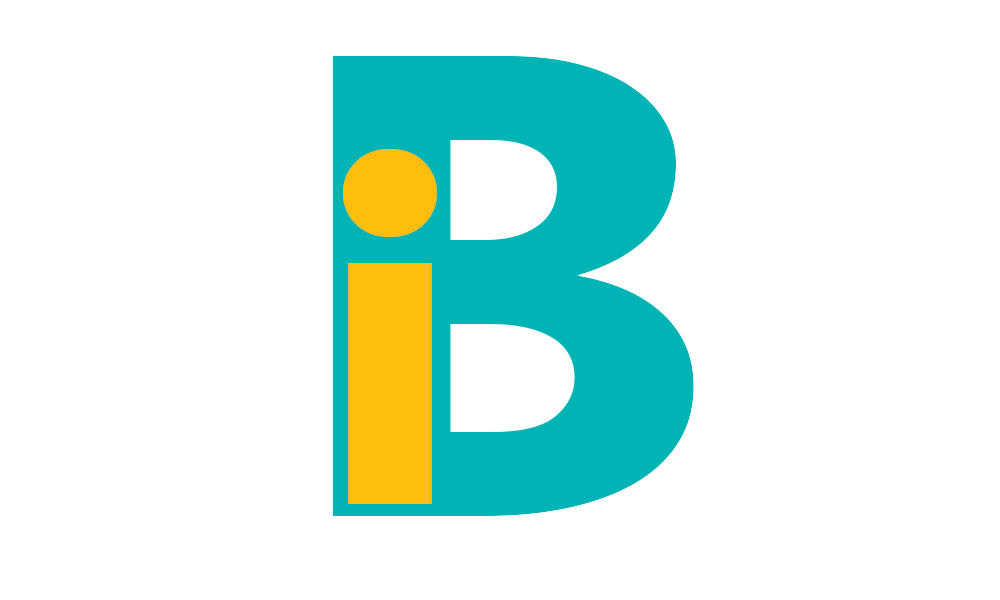


-1.jpg?width=235&name=more%20(2)-1.jpg)
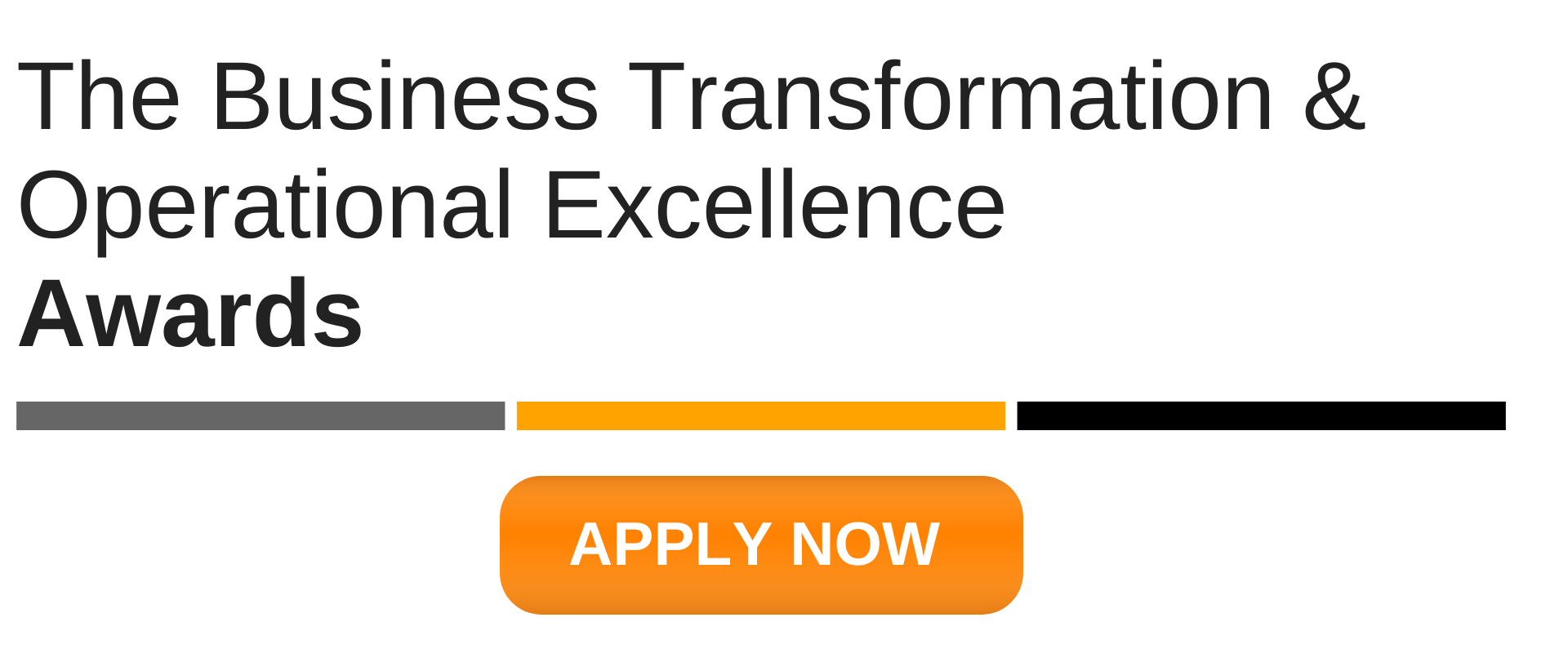
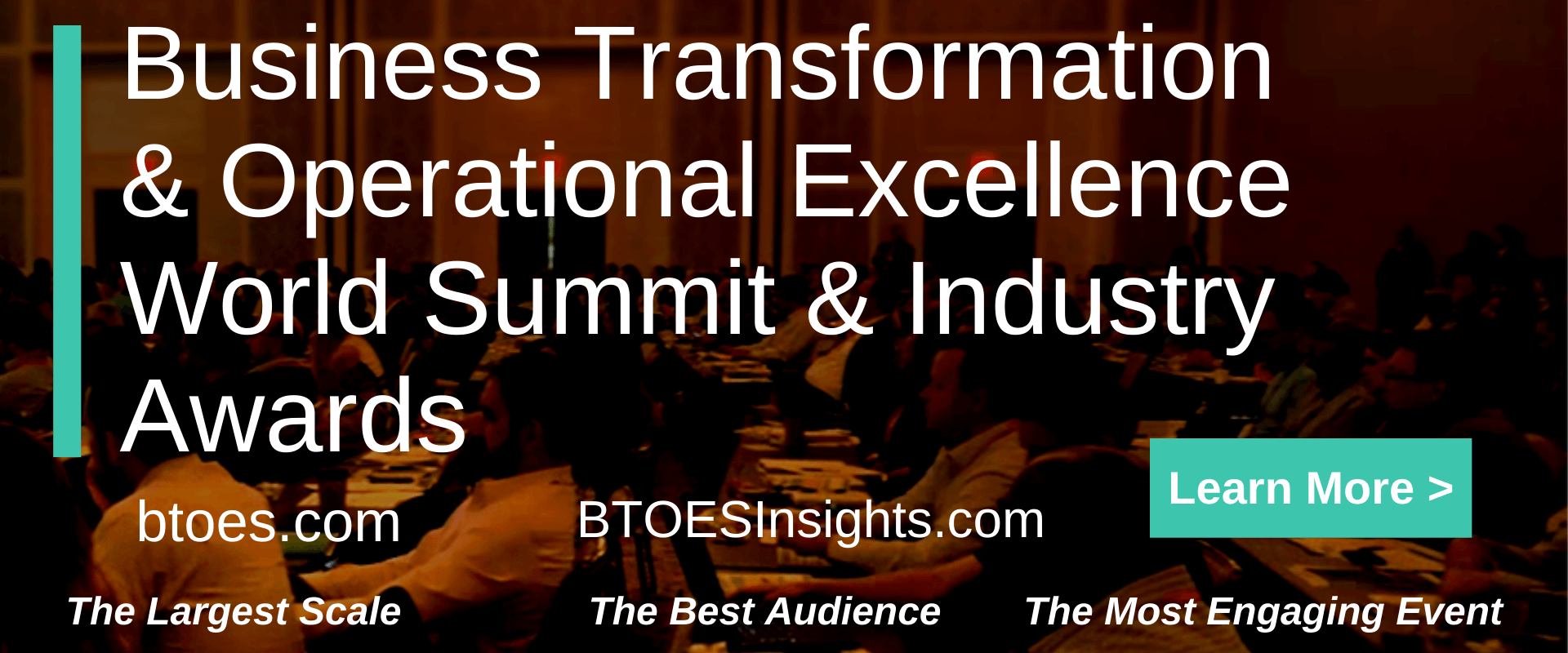
-2.png)
-2.png)
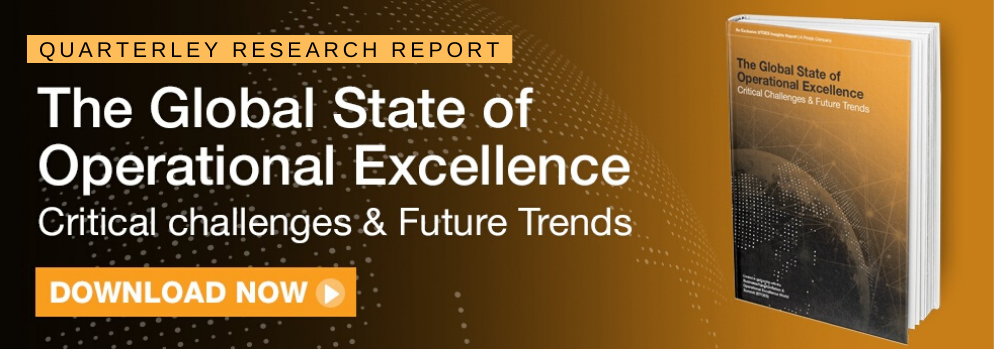
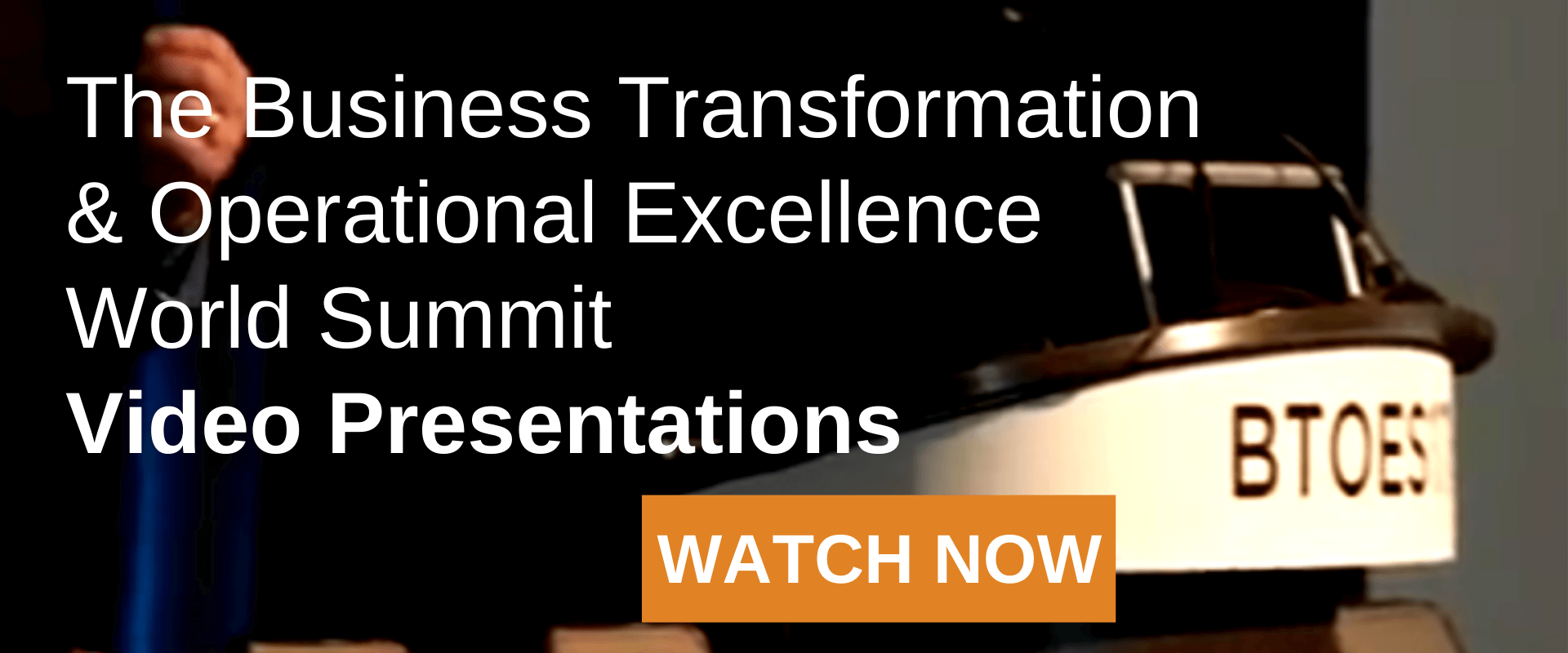
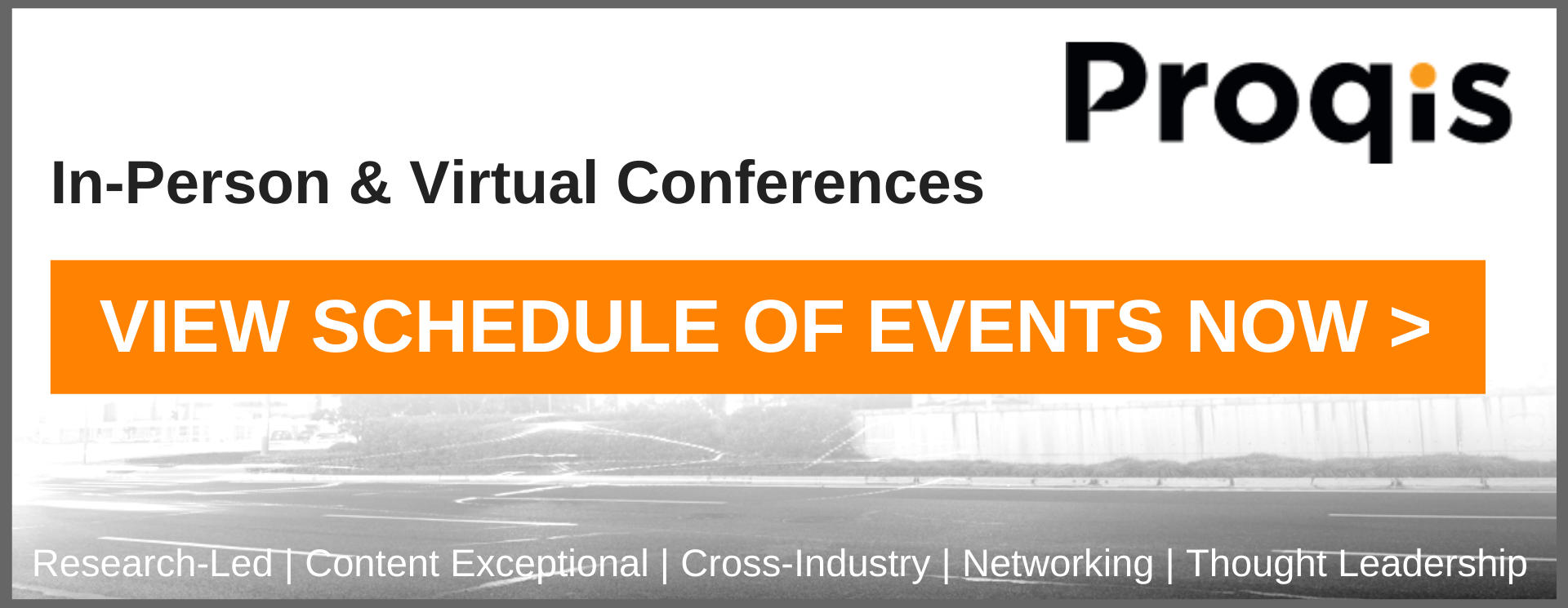
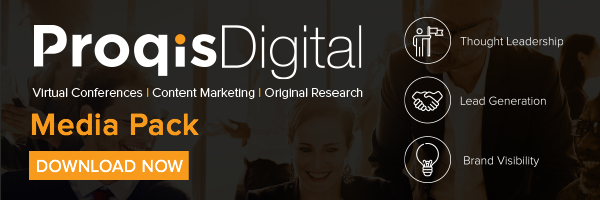

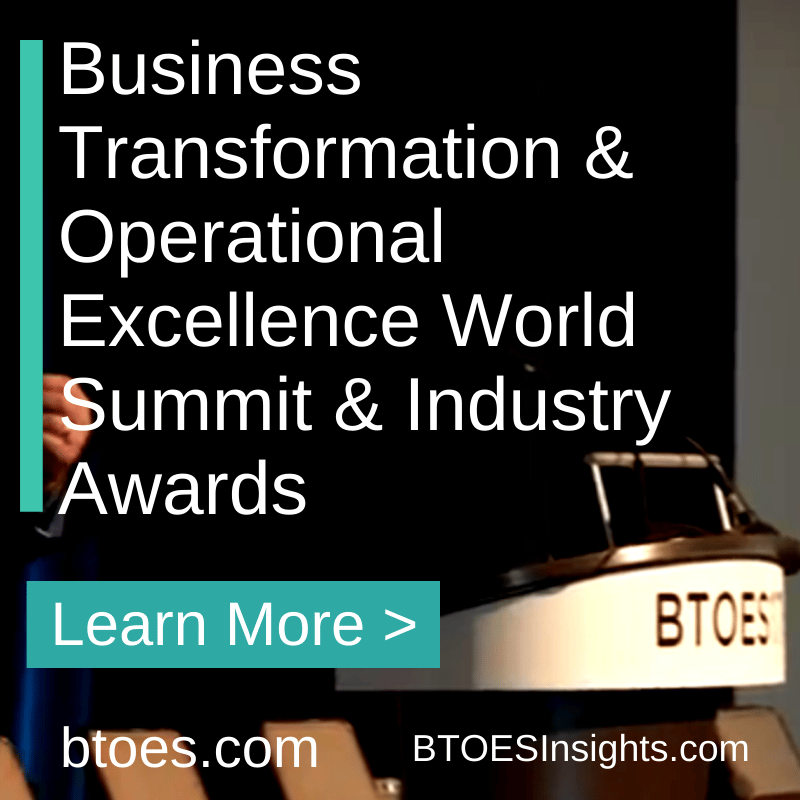
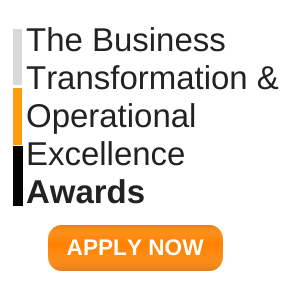

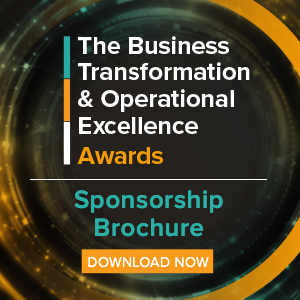


.png)
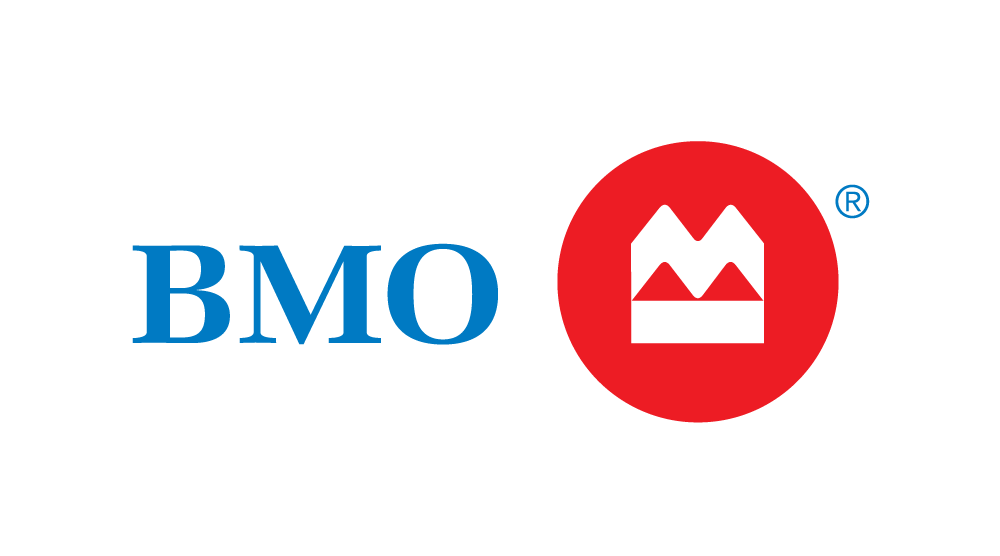
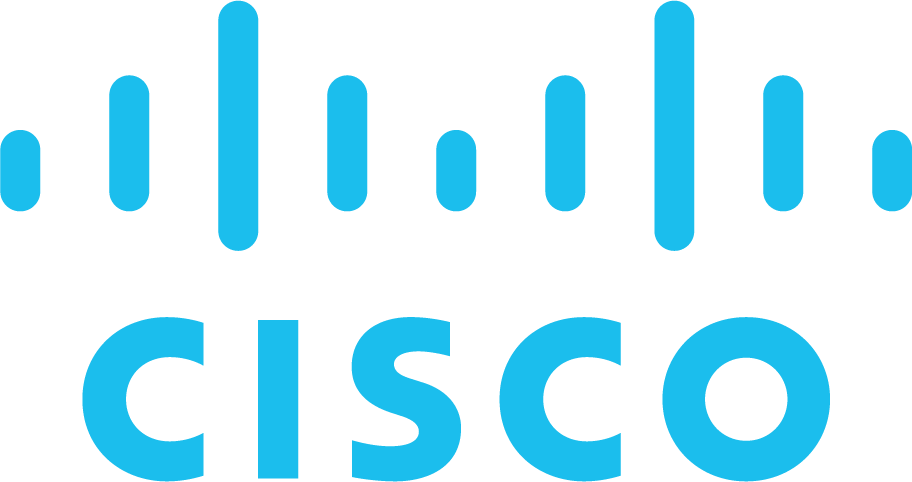
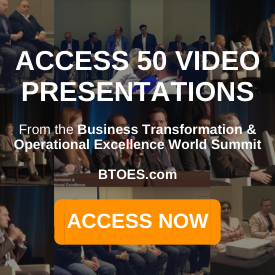
.png)
